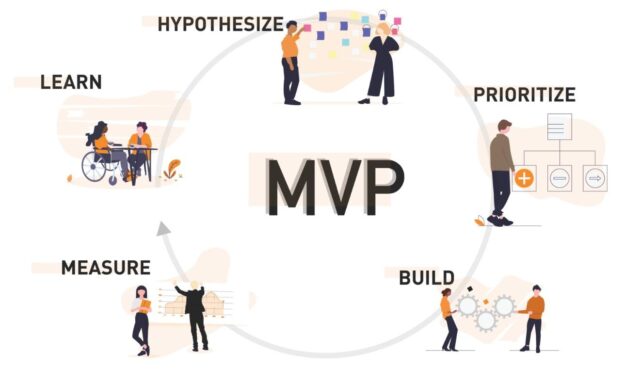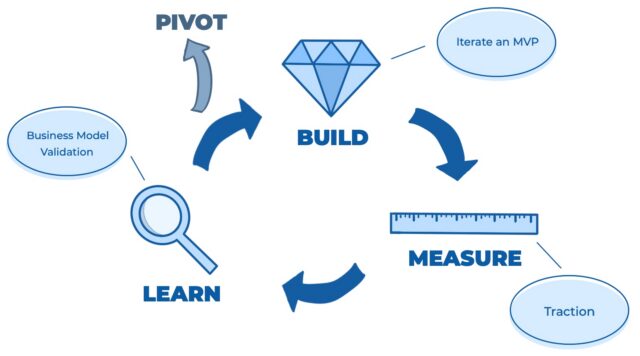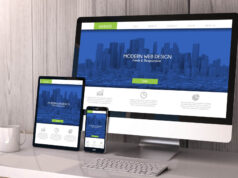
A Minimum Viable Product, or MVP, is a product with just enough features to satisfy early adopters. It’s designed to test the waters and determine whether there’s a market for your product. If you’re lucky, your MVP will also be pretty good. But that’s not the goal. The goal is to get something out there so you can start learning from users what they want and need.
That means your MVP user experience (UX) needs to be as streamlined as possible. You don’t want people getting bogged down in unnecessary features or complicated processes. Keep it simple so people can focus on what matters: using your product and telling you what they think of it.
1. What is a Minimum Viable Product and why do you need one for your SaaS product?
A minimum viable product, or MVP, is a product with the minimal viable feature set necessary to attract early adopters. The goal of an MVP is to learn about a product’s feasibility and potential without incurring too much cost or risk. For SaaS products, an MVP can help to validate the product-market fit and ensure that the product is able to solve a real problem for users.
Additionally, an MVP can help to gather feedback from users that can be used to improve the product. While it can be tempting to add more and more features to a product, it’s important to remember that an MVP should only include the bare essentials. Adding too much complexity can make the product difficult to use and increase the likelihood of user abandonment. By keeping things simple, SaaS startups can increase their chances of success by ensuring that their MVP is able to reach its intended audience.

When it comes to designing the user experience (UX) for your minimum viable product (MVP), there are a few key considerations to keep in mind. First and foremost, your MVP should be designed with your target audience in mind. What needs does your target audience have that your MVP can address? What kind of experience do they expect to have when using your product? Answering these questions will help you to design a UX that meets the needs of your target audience.
Additionally, it is important to keep the overall design of your MVP simple and streamlined. Remember, the goal of an MVP is to test key assumptions and gather feedback from users, not to create a complete and polished product. Keep this in mind as you design the UX for your MVP, and focus on creating a user-friendly experience that allows users to easily accomplish their goals.
2. How can you determine what features to include in your MVP?
As any product manager knows, every product development cycle is constrained by time and budget. This means that not every desired feature can be included in the final product. When prioritizing features for a minimum viable product (MVP), it is important to consider the needs of the target audience and the business objectives of the product. UX features should be included in the MVP if they are essential to the success of the product. For example, if the product is intended to be used primarily on mobile devices, then a responsive design is essential. Other factors to consider include the value of the feature to users and the cost of implementing the feature. By carefully considering these factors, you can ensure that your MVP includes only those features that are truly essential.
3. How do you go about designing your MVP user experience?

As the first step in designing your MVP user experience, you need to determine your target audience. Who are you trying to reach with your product? What needs do they have that your product can address? Once you reach a thorough understanding of your target segment, you can begin to think through your user personas. The latter represent your ideal customers and help you to understand how real users might interact with your product.
Once you have created your personas, you need to define their goals. What do they hope to accomplish by using your product? Once you know what your users want to achieve, you can start creating user flows. User flows map out the steps a user takes in order to complete a task. They help you to think about the different ways users might interact with your product and identify any potential roadblocks.
Once you have created user flows, you (or your SaaS product designer) can begin designing screens. Screens should be designed with the user’s goals in mind. They should be easy to navigate and provide all of the information the user needs in order to complete their task. Remember to keep things simple – too much clutter will only serve to confuse and frustrate users.
Last but not least, don’t forget to test! User testing will help you to identify any problems with your design and make necessary adjustments before launch. All of these steps together will help you create a seamless and enjoyable MVP user experience for your target audience.
4. What are some tips for getting feedback on your MVP from users?

When you’re working on the user experience (UX) design for your minimum viable product (MVP), it’s important to get feedback from users throughout the process. This will help you ensure that your design is on track and address any potential problems early on. There are a few different ways to get feedback from users, such as usability testing, conducting interviews, and surveys. While each approach has its own benefits, it’s often helpful to use a combination of methods to get the most comprehensive feedback. For example, you could interview users to get an understanding of their needs and then conduct usability testing to see how well your design meets those needs. Surveys can also be a useful tool for collecting feedback, particularly after your MVP has been released. By taking the time to gather feedback from users, you can create a better UX design for your MVP and increase the chances of success for your product.
Conclusion
The goal of any MVP is to provide a basic version of the final product that can be used to test assumptions about the product and its value to customers. While it’s important to include essential features in the MVP, it’s also necessary to consider the user experience (UX) when designing it. By taking into account your target audience and their goals, you can create a UX design that makes using your product easy and enjoyable. It’s also important to get feedback from users during the design process so that you can ensure that your MVP meets their needs.












